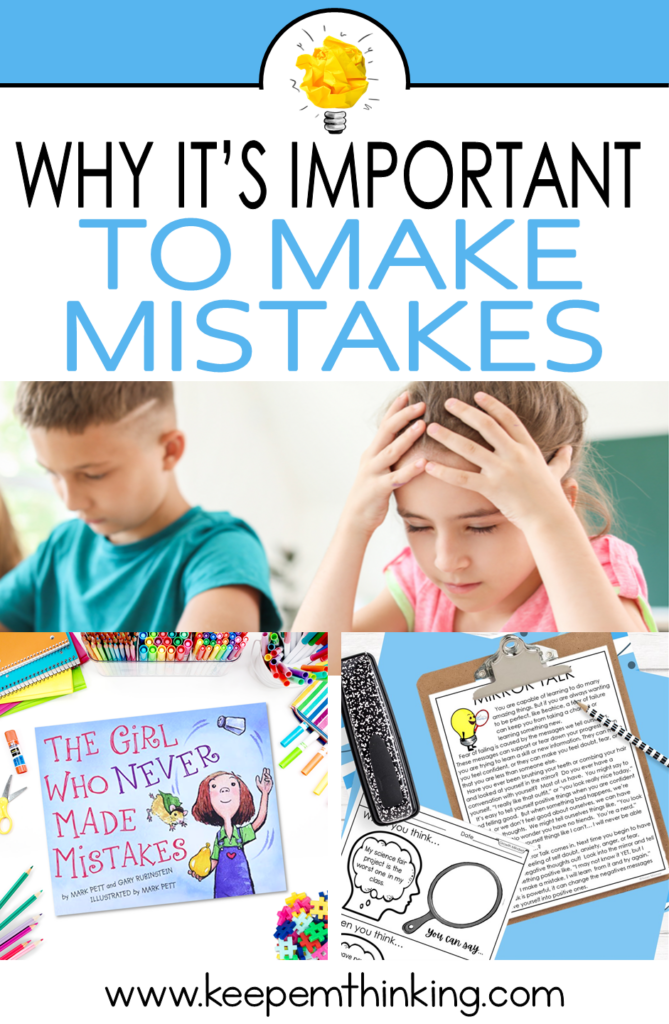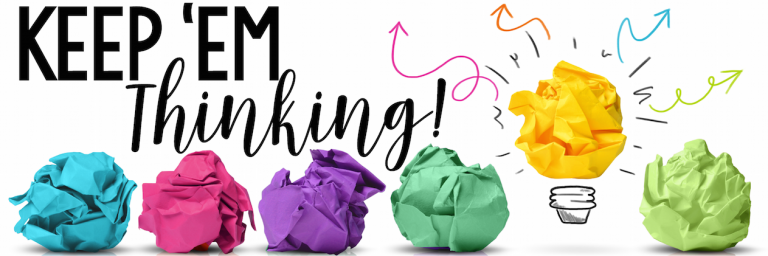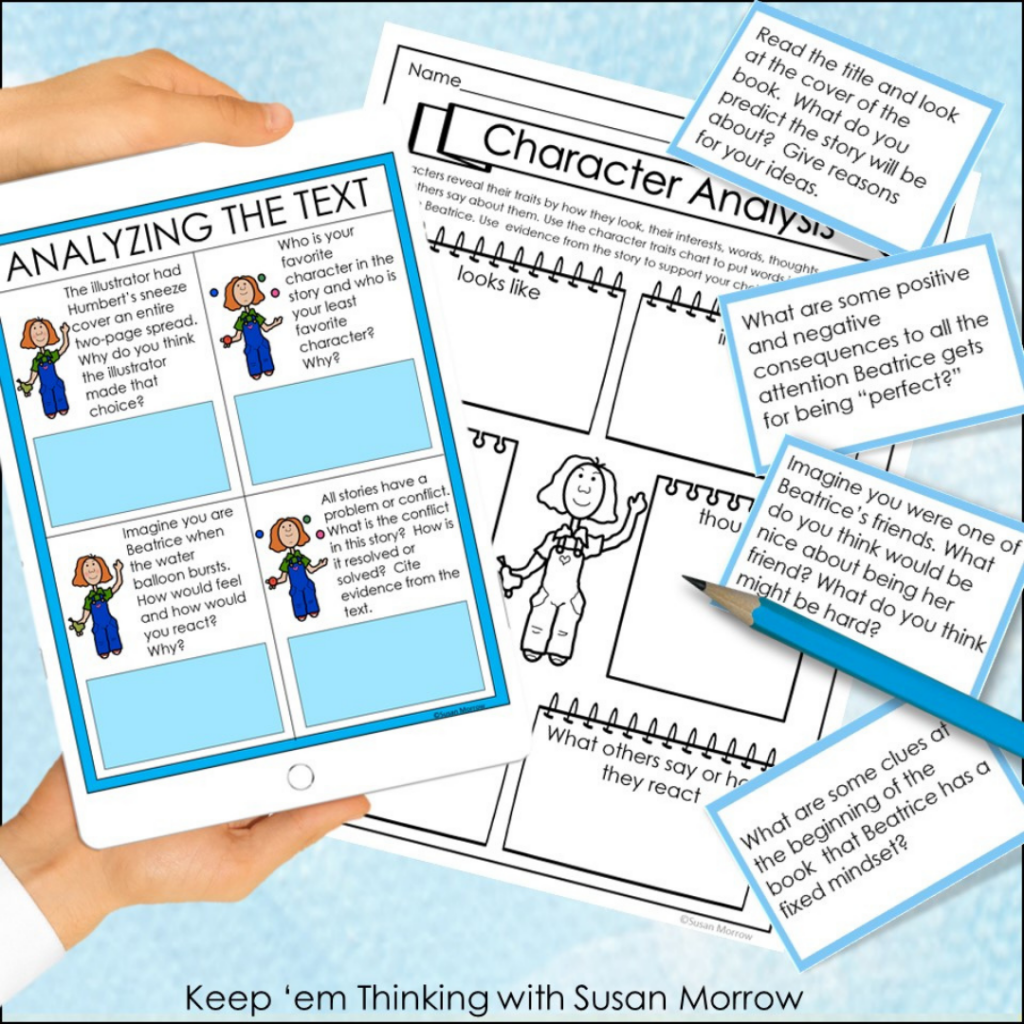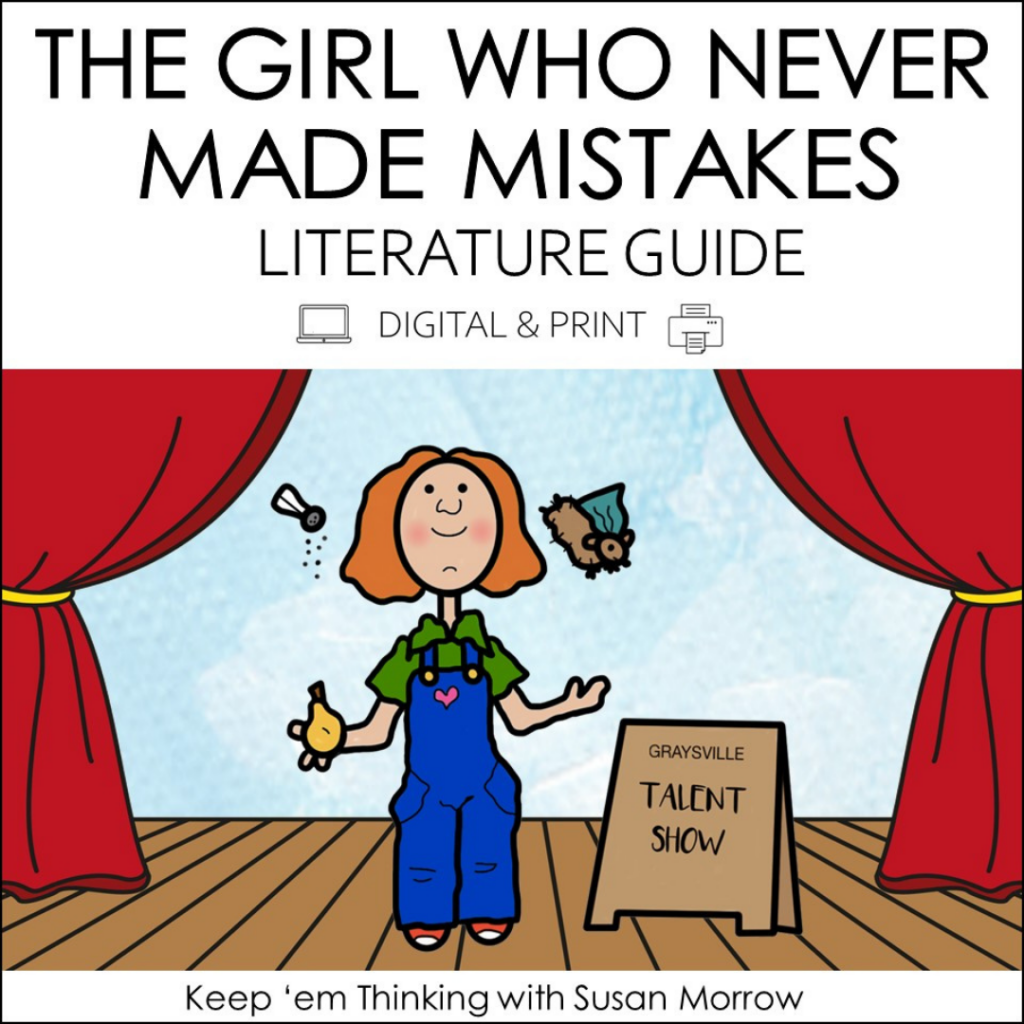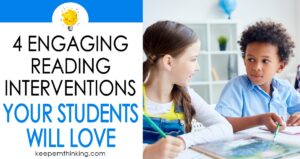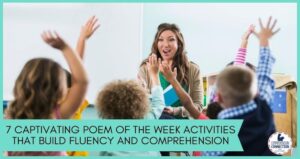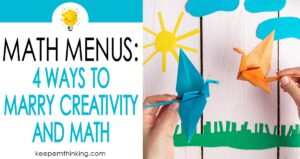Mistakes are a part of life. The earlier we accept them and learn how to best use them, the better. The overall goal is to learn from our mistakes and do better the next time. However, perfectionism is a real problem in today’s society. Everything always needs to look and feel picture perfect. So, let’s help our students break this cycle and learn how to use mistakes to their advantage. These tips, ideas, and resources will make teaching mistakes in the classroom a breeze!
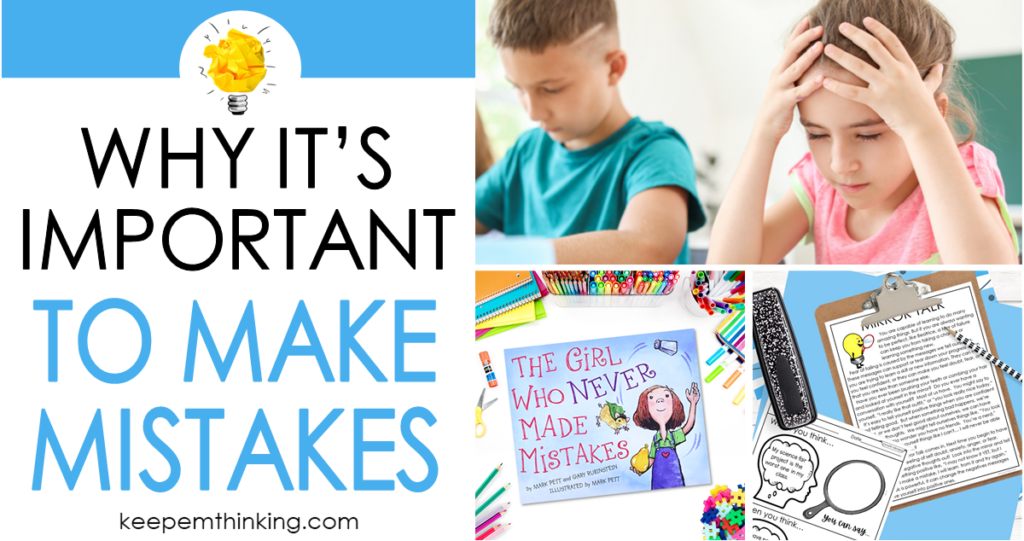
Mistakes are a Good Thing
From an early age, we are pressured by society to be the best all the time. The pressure comes from our parents, friends, social media, coaches, and even ourselves. If we continue to believe in this perfectionism mindset we will be a constant ball of stress. It’s exhausting trying to be perfect 100% of the time.

Nobody should have to live under that kind of pressure, especially kids. That’s why it is so important for us to begin to teach children why it’s important to make mistakes at an early age. Teaching mistakes in the classroom will help to break this perfectionism mindset and set our students up for a life of learning through successes and failures.
Kids need to understand that mistakes are a part of everyday life and are supposed to happen. If we teach mistakes in a positive way, it can be life-changing for our students.
We need to break it down simply for them and teach them how to learn from a mistake. This will promote self-reflection and a growth mindset which will ultimately lead to creating happier and more productive people.
Teaching Mistakes and Effort
There are many different ways you can teach this life lesson in your classroom. There will be plenty of instances that arise throughout the day that make perfect teaching opportunities. Teaching mistakes is often most effective when it is directly connected to everyday life. What better example than ourselves in the classroom.
Use yourself as an example when it comes to teaching mistakes. It can be something as simple as forgetting to change the date on the board. Point that out to students. Have a conversation with them about the mistake. This promotes critical thinking and analytical skills. Ask them:
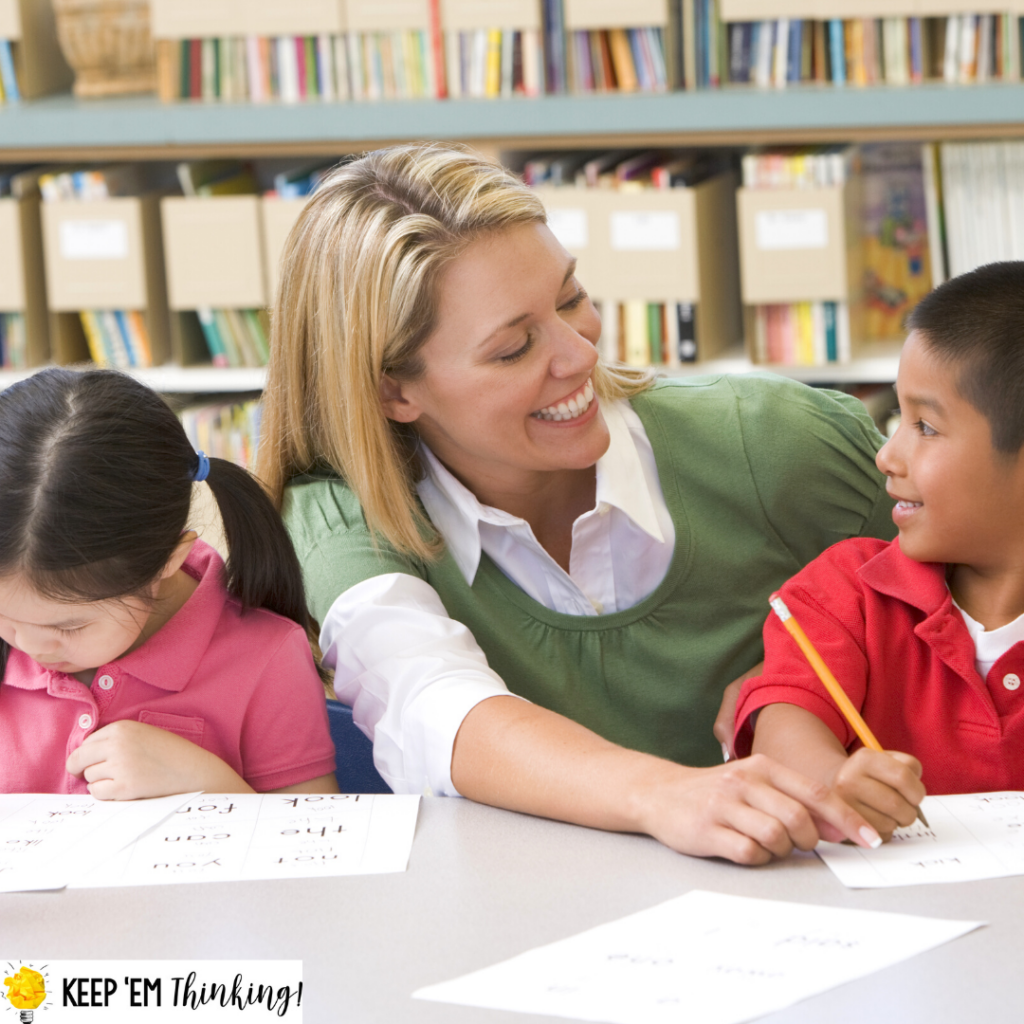
- What is the worst thing that happened because of my mistake?
- Does it change who I am as a person?
- What can I learn from it?
- How can I be sure it doesn’t happen again?
- How did the mistake make me feel?
You can do the same thing when a student comes up to you upset about forgetting to complete their homework assignment, or when someone makes a bad choice in class with a friend. Going a step further by typing out a reflection sheet with questions like this can also be helpful.
A Lesson on Why It’s Important to Make Mistakes
In addition to the natural mistakes that happen in the day to day, I do take the time to teach a formal lesson on making mistakes. It’s one of my favorite things to teach because it is so thought-provoking. You can see your students’ mindset grow around making mistakes throughout the year. I love to use a picture book and a literature guide for my lesson.
Start With a Picture Book
The Girl Who Never Made Mistakes by Mark Pett and Gary Rubinstein is my favorite story for this unit.
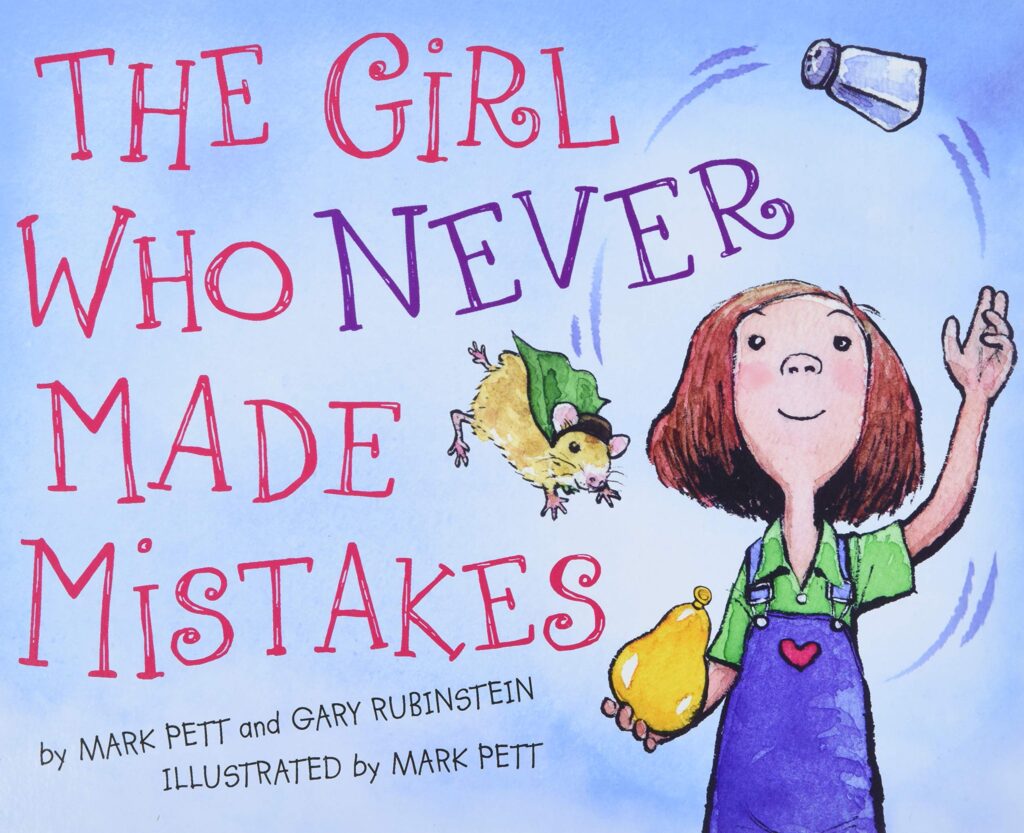
This story is about a little girl named Beatrice who was always perfect. Until one day she wasn’t, and she was okay with it. In fact, she even enjoyed it.
It is great for teaching a positive mindset about mistakes and promoting self-esteem. Plus, I can hit so many content standards during the lesson.
Before reading the book, we begin with some pre-reading activities. This is a great time to have students ask questions and make predictions.
We spend a lot of time looking at the cover of the book. I also do a picture walk of the first seven pages of the book before we read it. You can hit the nitty-gritty of making predictions here.
More than Just Mistakes
I treat the book as I would when teaching any other short story or novel. We cover important reading comprehension skills while also digging into the themes of the story. That’s what makes teaching with books so effective.
I love starting with vocabulary. We also spend lots of time analyzing the text in different ways. We use tools like comprehension questions, story maps, and graphic organizers.
We hit skills such as theme, characters, and plot structure. We even focus on different writing activities. BUT . . . my favorite part of teaching this picture book is focusing on mindset strategies and growth.
Teaching our students about the importance of making mistakes and learning from them is so easy with this book. As a teacher, it is all too easy to get caught in just teaching the standards, but there are so many personal skills that get left out when we do this. Life skills are so important to teach our students. The best way I’ve found to do this is by weaving them in with other lessons.
Teaching Mistakes in the Classroom Just Got Easier
Are you ready to teach your students about the importance of making mistakes and learning from them? Everything you need is in this The Girl Who Never Made Mistakes Literature Guide! In addition to teaching mistakes, the unit aims to help students develop reading skills too!
Save these Tips and Ideas for Teaching Mistakes
Be sure to pin this to one of your favorite classroom Pinterest boards so you’ll be all set and ready to go for teaching mistakes in your classroom.
